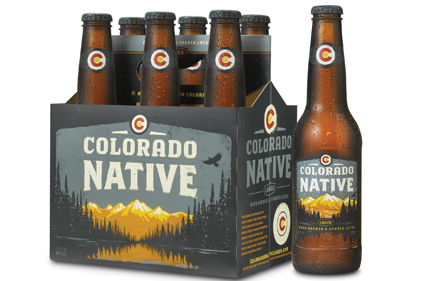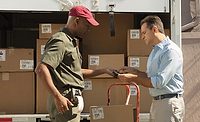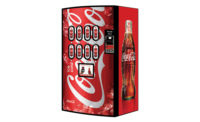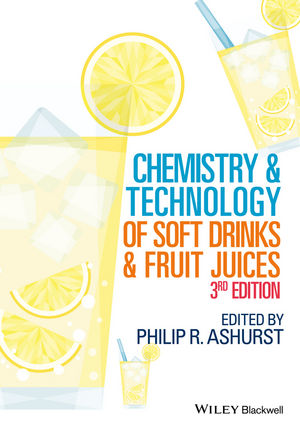Decoding mobile beverage technology


|
The Internet’s evolution and increasing popularity of social media has allowed companies to get closer than ever to their consumers. Now, they can even reach them through these mediums in the store.
Demand for intelligent packaging is forecast to climb nearly 20 percent annually to $370 million in 2015, according to Cleveland-based The Freedonia Group Inc.’s Active & Intelligent Packaging study. This increase will be driven primarily by the rapid growth of quick-response (QR) and other two-dimensional (2D) barcodes, it adds.
Sacre Bleu Wine claims that from July through December 2010, QR scanning of its wines grew 1,200 percent. Its wines feature designer QR codes on their front labels with instructions for consumers to scan the code with a smartphone app or barcode reader. This directs consumers to a custom mobile landing site with access to brand information, promotions and food and wine pairings from Chef Brad Sorenson, the company says.
“[Two-dimensional barcodes are used] to attract interest in the product when people are shopping and also to provide information because on a lot of products, the space is limited,” says Esther Palevsky, industry analyst at The Freedonia Group.
Essentially, 2D barcodes such as QR codes and SnapTags can be used to promote anything digital, whether it’s a video, recipe, event or additional product information. QR codes require an app or barcode reader to view the content; however, SnapTags require only a camera phone. SnapTags, created by Denver-based marketing technology company SpyderLynk, are interactive logos or icons that use code ring technology to send a multimedia message.
“It’s a series of tags that deliver interactivity and tracking functions,” Palevsky explains. “You take a picture on a camera phone and it sends the images to a predetermined phone number, the technology decodes the image and returns the data to the phone via text or multimedia message.”
Because most technology-savvy smartphone users tend to be young adults, many of these 2D barcodes are aimed at that audience, Palevsky says. Although 2D barcodes are being used in various markets — they were first used by Toyota in the ‘90s to track vehicle parts during manufacturing in Japan — the beverage industry in particular has sparked much innovation, she notes. Beer, wine, soft drinks and energy drinks are the major players using 2D barcode technology.
Hydrive Energy, Rye, N.Y., launched QR codes on its new Decaf and Extra Energy varieties this summer. When scanned, the codes take consumers to a mobile site offering a constantly changing array of fitness trivia, contests, free prizes and product information, the company says.
“By offering different content with each scan, we replicated the ‘under-the-cap’ promotional experience often used in traditional soft drink marketing but in a digital way,” says Charly-Ann Oddo, director of marketing and digital media at Hydrive Energy, in a statement. “This difference encourages our consumers to have a more interactive and intimate relationship with our product.”
Denver-based AC Golden Brewing Co. LLC, a subsidiary of MillerCoors, introduced Colorado Native Lager with an interactive SnapTag logo. After consumers of legal drinking age photograph the logo, they’re taken to a page with Colorado-themed trivia questions about their hobbies and interests. The company uses these answers to engage in conversation with consumers on an individual basis, the company says.
Whether the consumer realizes it or not, these informative and entertaining technologies are bringing companies one step closer to understanding, and therefore better pleasing, its consumers. BI
Looking for a reprint of this article?
From high-res PDFs to custom plaques, order your copy today!







